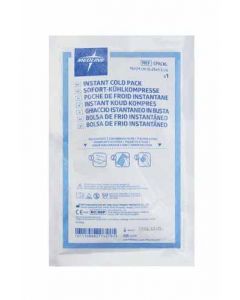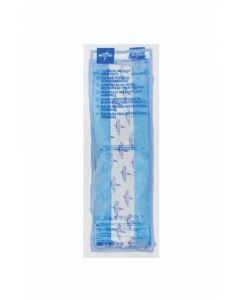What is cold therapy?
Cold therapy, also known as cryotherapy, is a pain relief method with multiple modes of application, such as cold-water soaks, gel packs, refillable ice bags and instant cold packs.
Cold therapy works by applying cold to a particular area to reduce blood circulation which can help significantly reduce the inflammation and swelling that causes pain, especially around a joint or tendon.
It can also numb nerve endings, dulling the pain messages that are sent to the brain. Practicing cold therapy in the appropriate situations is a great alternative to using painkillers, and it also contributes to an increase in cellular survival rates.
Benefits of cold therapy
- Combats inflammation and localised swelling
- Soothes sore muscles
- Relieves muscle spasms by lowering skin temperature
- Can help prevent tissue damage1
- Reduces opioid consumpti
Concerns about Ice
Even though cold therapy is a simple way to reduce pain, it still needs to be practised with caution.
A study done by the pathology and laboratory medicine departments of Emory’s School of Medicine has shown that unsanitary ice machines can lead to contaminated ice. If the machine has not been routinely and properly cleaned and the filter has not been changed, the machine could become a breeding ground for bacteria.2 When treating an already immunocompromised individual with an ice bag containing contaminated ice, he or she is far more susceptible to getting sick, leading to longer hospital stays and increased healthcare costs.
In addition, the melting ice can cause a potential slipping hazard for other patients or staff in the hospital. Furthermore, ice machines are large and require a lot of space, electricity, routine maintenance and cleanings to keep them in working order, all of which added are added expenses for the hospital.
Related Products




